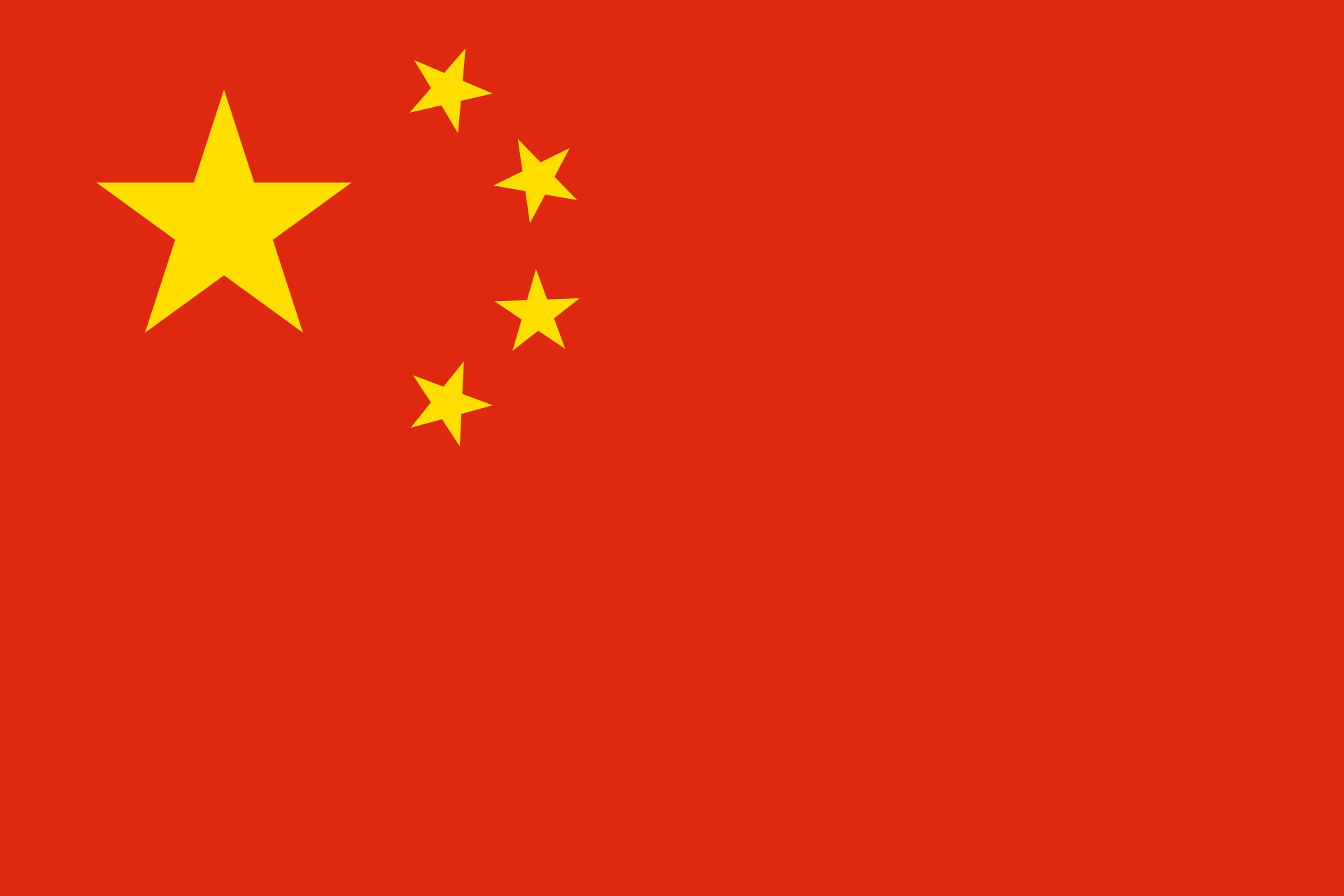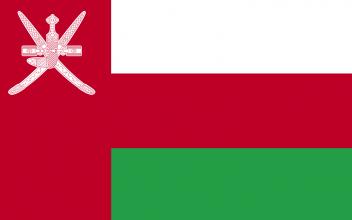The Diary of Young Explorers: A Conclusion
Desert near Abadeh, Iran © UNESCOWe did it! Four months later, we have completed the Silk Roads – or some of it anyway...
After traversing some 23,000km through sixteen countries and countless time zones, our journey has come to an end and we have returned home with ragged clothes, weary minds and most importantly fresh perspectives. In this final chapter of Diaries, we will attempt to reflect upon an adventure of a lifetime: a voyage across a portion of the Silk Roads, from Venice to Beijing and the amazing experiences we garnered from it.

During the months preceding our departure, friends and family frequently asked us: “What are the Silk Roads?” Exotic, elusive and evocative in equal measures, the Silk Roads have stirred the imaginations of people throughout the world for countless generations. Almost all discussions of these ancient trade routes spanning through Asia and Europe call to mind the very precise nature of the term first coined by the German geographer, Baron von Richthofen: die Seidenstrasse or Silk Roads. His use of the plural is notable, as it shows an early recognition that there is not a single route traversing the vast expanse covered, but rather that numerous routes, used by different peoples at different times throughout history, interlinked East and West. Our own journey took us along just one of these numerous routes; taking us along a path from Europe to Turkey, then passing through Caucases by way of Georgia and Azerbaijan and then roaming through Iran and several of the so-called ‘stan’ (meaning “land” in Persian) countries before finally arriving to China.
Naturally, many of our conversations would drift onto the subjects of famous explorers that traversed these paths before us. Marco Polo’s journey, stretching over 20 years in the late thirteenth century, is that which is most familiar to Western audiences, but to the surprise of many, a Flemish Franciscan monk, William of Rubruck, had explored the Silk Roads decades before Polo. Chinese Buddhist Monks made their way along these routes, on pilgrimage to India, as early as the fifth century and even fewer have heard of the Chinese diplomat Zhang Qian, who in 139 BC, was sent by his emperor on a political mission along the Silk Roads, and is widely considered the first explorer of the Silk Roads. In the run-up to our departure, we studied the classic texts of these pioneers, searching their words for timeless sage and wisdom. When possible, we also looked to seasoned travel writers like Colin Thubron and historians such as Peter Frankopan – seeking to understand what the ‘Silk Roads’ had meant to them and what might lay ahead of us .

It should hardly come as a surprise that the reality we encountered did not match our expectations. While our research of the literature and film available offered us a glimpse of the Silk Roads, it may have also left us at a disadvantage. Before our departure, von Richthofen’s term ‘the Silk Roads’ awakened a different image in each of us: triggering images of barren deserts, grand mosques and colourful caravanserais. Thus, we departed with preconceptions of what we expected to encounter along the ‘Silk Roads’.
As our voyage progressed, we began to recognize the limitations of these specific images, gradually redefining our understanding of the term, ‘Silk Roads’. Unlike our perceptions of a few months ago, we now have a new understanding of how scenes along these routes are and how important the exchange of culture has been in developing identities along the Silk Roads.
Cultural exchange underpinned every aspect of our travels. From one border to the next, we experienced a whirlwind of intercultural interactions. Although we had organised numerous meetings with the UNESCO Silk Roads Online Platform’s focal points, it soon became clear that opportunities for intellectual and intercultural exchange could be found all around us. A hawker at a market in Samarkand, whose family had owned the stall for generations, recited to us its full history. The caretaker of a mosque in Istanbul, who had worked there his entire life, explained its architectural influences to us and detailed what made it so particularly different from others in the area. In Iran, a mechanic, who had fixed our car, gave us a full-day tour of his village, Abadeh: detailing the ways that his hometown has changed through the last century. However, this transmission of knowledge was rarely a one-way street. Everyone we encountered, too, put us under the microscope: examining our very own way of life, out customs and our traditions – comparing their own with ours. It is in these exchanges, above all that we could distinctly identify the commonality of cultures across the Silk Roads.
Crucially, our style of travel forced us to recognise the commonality of the cultures: commonalities that stretch across border rather than be constrained to them.

Travelling over land allowed us to experience change incrementally. While flying to Central Asia from Europe may leave one shell-shocked by the bustling bazaars of Tehran or Osh our sense and minds were tamed by a slow transition through a vast landmass. After having immersed ourselves in literature about the role of the Silk Roads in the formation of our common heritage and shared culture, we were not disappointed as we traversed these routes, experiencing the commonalities ourselves. While the number of borders we crossed increased, passages from one country into the next felt as natural and seamless as the ground beneath our feet. The measured nature of this change enabled us to look past the obvious differences that exist between our homelands and those of the places we visited: permitting us to lean into commonalities instead of differences.
Explorers in ancient and modern times have forever been enchanted with the Silk Roads, captivated by the tantalizing sense of history and adventure. Whilst our life-changing overland adventure has finally ended, our familiarity with the Silk Roads has only just begun. Upon returning from China, we anticipate the creation of a short documentary film and the publication of essays on our trip, both detailing our findings. We hope and intend to maintain and develop our connections with the local communities, organizations and young people that we encountered. Peter Frankopan once wrote: “The Silk Roads are rising again’, but to us, and the kind strangers we met along the way, they have never perished.
Read their previous entries here:
-Iran











